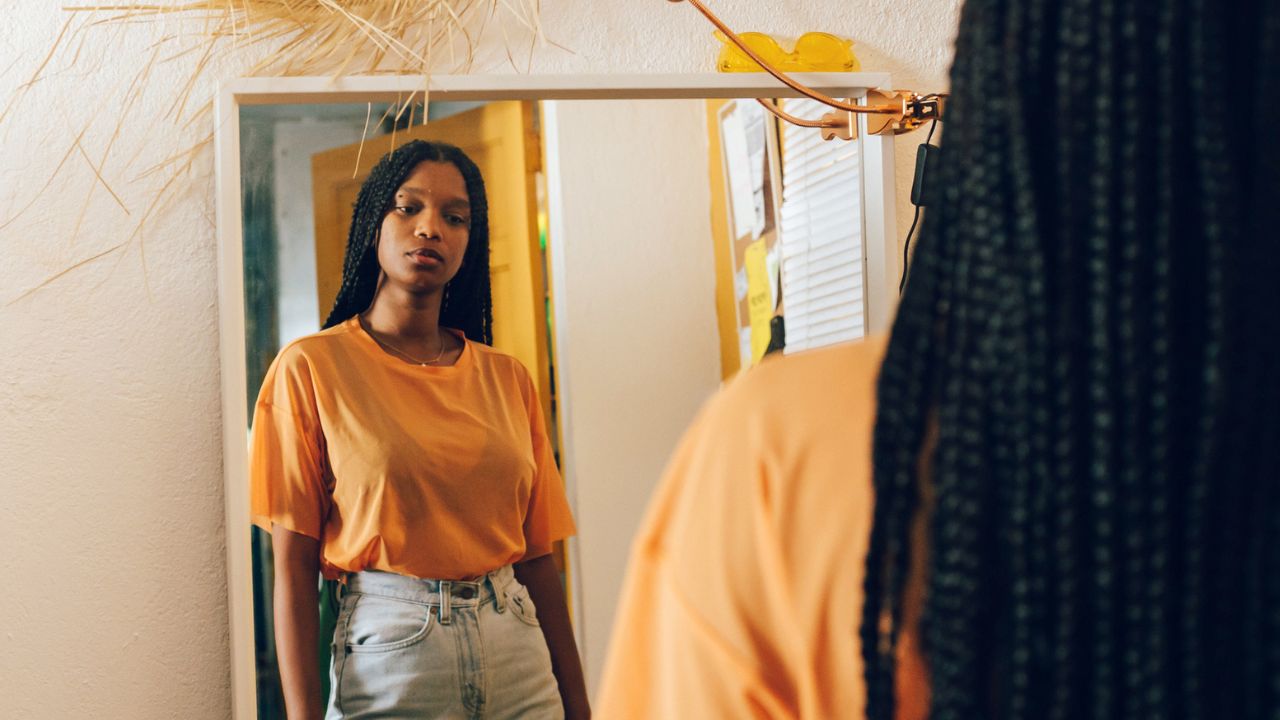Cultivating taste is a lifelong process. From the time we’re able to form opinions regarding what color hair-knockers we want to adorn our plaits to which rubberband hue we’d like for our braces, we are slowly building our personal style palettes. Traditionally, with time, this accumulation of affinities helps us illustrate the pages of our personal style handbook. Recently, though, the introduction of algorithms, timelines and For You pages across TikTok has hijacked our organic style-building processes. Niching down on obscurist trends like the clean girl aesthetic or mob wife aesthetic has hindered our natural steez-building ability.
Conversations addressing this lack of personal style have popped off on TikTok, with some saying it shouldn’t require much thought lest it becomes inauthentic. But in unlearning our current behaviors surrounding incessant trend hopping, it behooves us all to put a bit more cognitive effort toward where and how we source inspiration for our wardrobes.
@iamjadefox Sometimes you just dont NEED to do that much to look great #styletips #personalstyle #fyp ♬ original sound – JADE FOX
This means challenging our natural urge to search up *insert aesthetic here* on Pinterest. Finding what inspires us outside of clothing can be wholly more advantageous to our personal style journeys than just staring at a bunch of fashion influencers all day. This could look like identifying which colors evoke passion when you visit a museum or what type of architectural design catches your eye whilst traversing in a new city.
Even the music we listen to can help light our path to a style that reflects how we’d like to present to the world. This may sound a bit abstract now, but this was how personal style evolved before social media. Think of how punk rock fans wear edgy attire and grungy boots that match the rakish melodies they jam out to. Letting your interest lead your style used to be the norm, but now it almost seems that the reverse has taken over. This could be due to any number of socio-political stressors that make getting a hobby or building genuine interests that you can’t monetize seem like a dreadful waste of time.
So, instead, we’ve found ourselves paying for the “look” that comes with certain hobbies without the time or money required to invest in things like ballet or becoming a stay-at-home Pilates mom. In many instances, it is simply more cost-effective to cosplay a certain lifestyle than it is to actually live it, and with a few well-orchestrated social media posts, many people won’t notice a difference. This reaches a moot point, however, when everyone begins wearing the same outfits that have no real story behind them other than a TikTok hashtag that will be deemed “cheugy” just in time for the next micro-trend to roll around.

